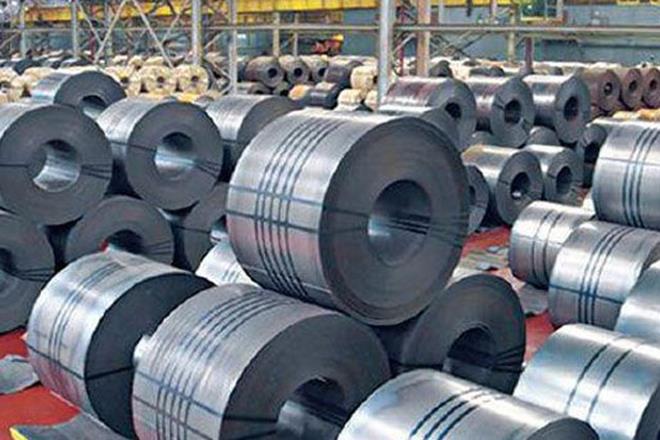Higher growth in steel consumption likely in 2018

2018 is likely to exhibit a more or less sustainable scenario with no major shock as the so-called Chinese juggernaut continues to trudge along a not-so-smooth roadway. The external shocks may originate from steep rise in oil prices, shrinkage in demand in US and EU arising out of strict protective measures and further hike in US interest rates.
A look at the major performance indicators of global steel industry in 2017 signals a definite trend in what is in store for the current year. While global production of crude steel at 1,691 million tonne (MT) clocks a growth of 5.3% in 2017 over the previous year, the estimated steel consumption has risen to 1,622 MT in the last year. Thus, 2018 has begun with a positive note which was not the case a year ago when excess capacity in global steel market was identified as a major constraint plaguing the industry in the backdrop of a subdued business scenario. The global steel forum apart from OECD steel committee had intensely deliberated the ways and means of eliminating excess capacity and in this respect China was the major target.
China, already seized with this issue of eliminating surplus capacity, had earlier proposed closing down of 100-150 MT of steel capacity during 2016-20. China has proclaimed strong pollution control guidelines to close down polluting firms in coal, cement and steel sectors and units failing in the benchmark criterion of pollution control were served notices of closure after physical inspection with redeployment of the workforce to the extent possible.
The ministry for environment protection had earlier identified 29 steel units for closure and now has restricted production to 50% for all those units which exhibit various levels of shortfall in attaining the pollution norms. It also eliminated around 50-100 MT of induction furnace capacity that was not a part of the regular production figures reported by the country. As these producers were mainly producing long products (re bars, light structural), the capacity closure helped the big players to capitalise the local shortage of the long products to get a higher return of their products.
It is largely expected that China may overshoot the target of capacity closure by 2020. It would also imply that existing producing units would be able to achieve a higher capacity utilisation with a positive impact on EBITDA and capacity to pay back loans wherever committed by law. In the process of pushing up the domestic steel prices by way of investment stimulus in the infrastructure and thereby resisting FAI from a steep decline from the current 45% of GDP, China could improve the profitability index of the SOEs and the SMEs in the steel sector which saved the country from a likely crash of the banking system as all these units were heavily flooded with bank credits as recommended by the provincial governments. In a large measure Chinese unabated appetite for steel production (5.7% growth in CS production in 2017) helped the raw material prices to recover from the sharp decline till H1 2016.
China imported a record 1.074 billion tonne of iron ore (Fe 62%) and 14 MT of coking coal in 2017. The current ruling prices of iron ore at $76.55/t CFR China, coking coal at $227.5/t FOB Australia and Scrap prices (HMS 80:20) at $350/T CFR India is a testimony to what extent the Chinese steel production can put a check on the declining trend of prices of major raw materials. Chinese exports of total steel (including semi finished) reached 75.43 MT in 2017 showing drop by 30.5% over last year.
The low-priced exports from China in 2015 and 2016 had caused a major heartburn and immense damages to the health of indigenous steel industries in US, EU, India, Vietnam, Turkey and all other emerging economies. The spate of AD/CVD and safeguard measures by these countries against Chinese and CIS imports contributed to the firming up of global prices and the improved economic scenario sustained the growth.
China is a major exporter of steel containing goods including an array of engineering goods, machinery and equipments leading to large trade surplus with many countries. It has helped China to protect job losses in many engineering, consumer durables and service sectors and enabled it to sustain steel production even when the direct steel absorption in the domestic market was limited. The current industrial production rate (6.2% in Dec’17) and the current account balance ($121.6 bn in Q3 17) bring out the outcomes of this strategy.
Thus, 2018 is likely to exhibit a more or less sustainable scenario with no major shock as the so-called Chinese juggernaut continues to trudge along a not-so-smooth roadways. The external shocks may originate from steep rise in oil prices more due to political than economic reasons, shrinkage in demand by USA and EU arising out of strict protective measures for the domestic industries, further hike in interest rates in USA and failure of a cohesive German leadership to steer EU clear of variety of malaises including freezing of Brexit issue. Interestingly, WSA is predicting a higher growth in steel consumption in 2018. A marginally positive growth for China may be a necessary ingredient to actualise the prediction.
